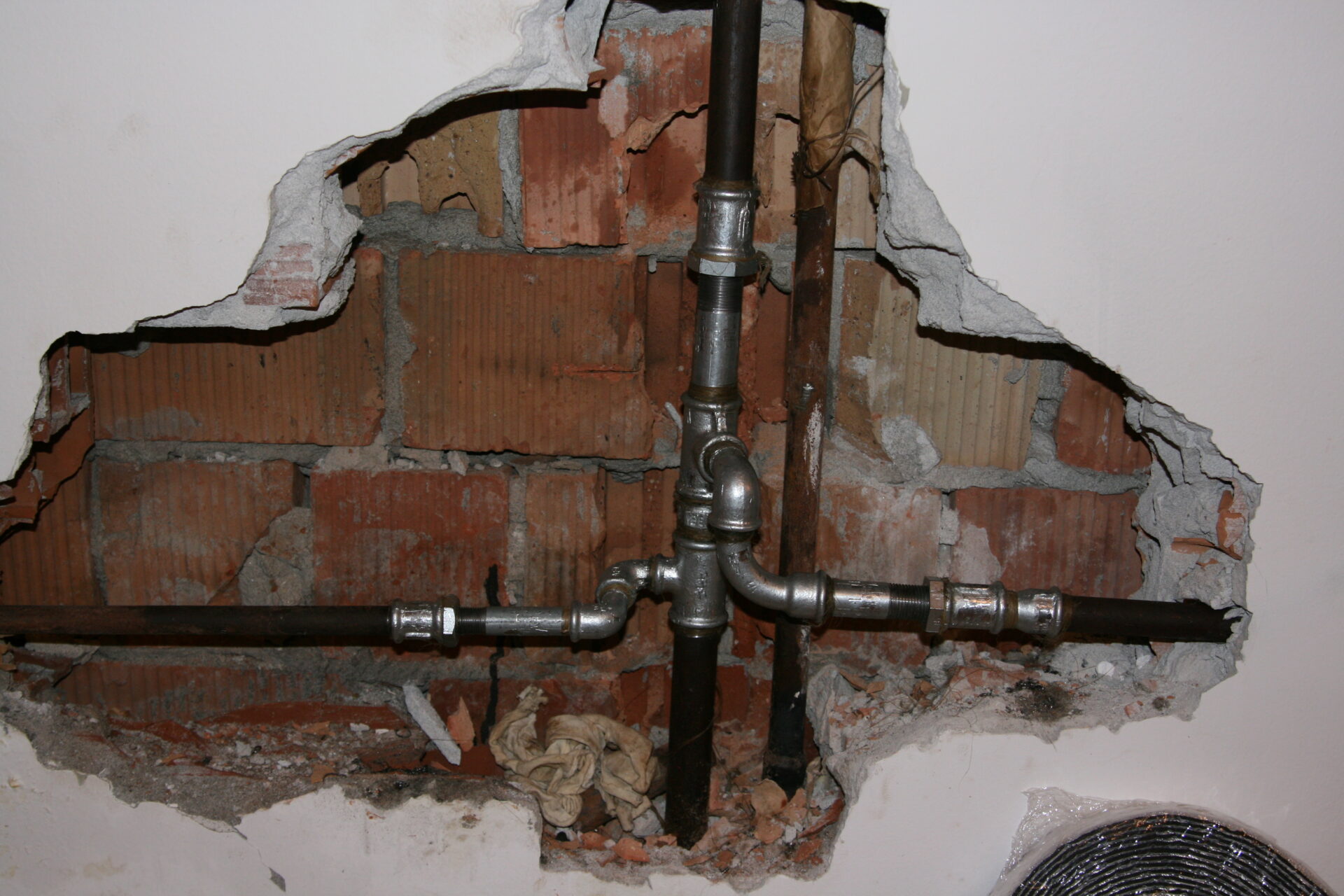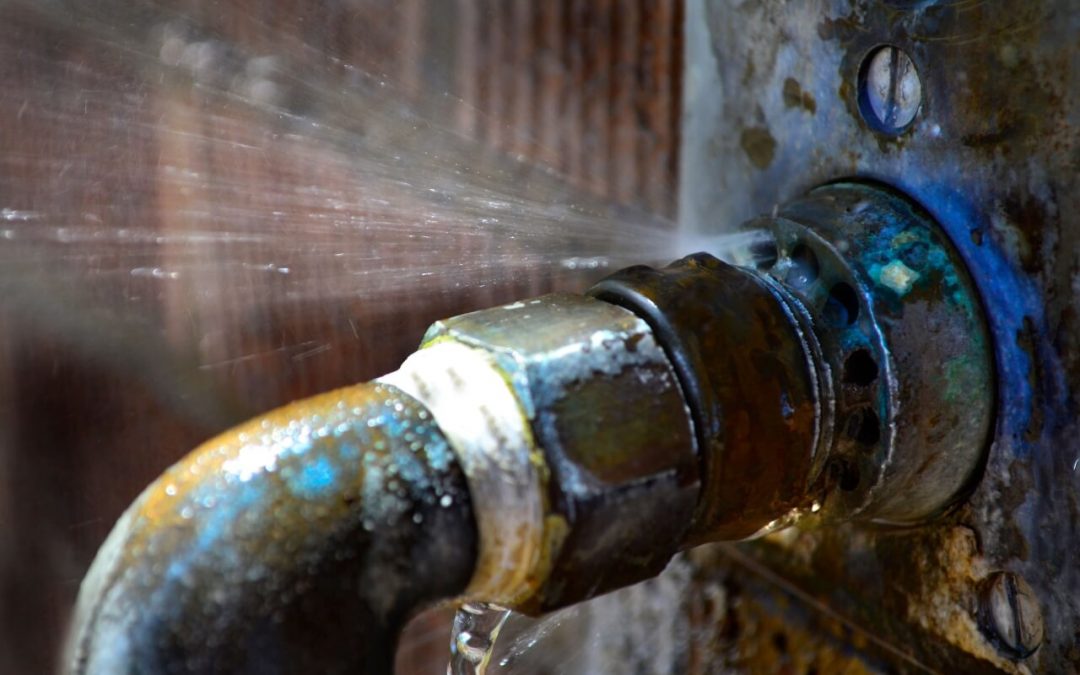Handling Plumbing Issues in Older Homes: Expert Guidance
Visit My Web PageWhat're your concepts on Plumbing Issues in Older Properties and How to Fix Them?

Older homes usually include beauty, character, and background, but they can also bring a host of pipes concerns. Whether you're managing maturing pipelines, low tide pressure, or leakages, recognizing just how to deal with these usual troubles is critical to keeping a secure and useful home. In this guide, we'll check out the common plumbing obstacles dealt with by older homes and supply functional options to maintain your pipes in leading form.
Understanding Typical Plumbing Concerns
Aging Pipelines
Among one of the most common problems in older homes is maturing pipes. Depending upon the period in which your home was developed, the pipelines may be made from products that have weakened gradually, such as galvanized steel, cast iron, and even lead. These materials can corrode, end up being breakable, or establish leaks, causing water damage and possible health hazards.
Water High Quality Screening
Older pipes can impact the top quality of your water. Conduct a water quality examination to look for contaminants such as lead, corrosion, or various other contaminations that may be presented by aging pipelines.
Solutions for Typical Plumbing Problems
Changing Aging Pipelines
If your home has old, degrading pipelines, think about changing them with modern materials like copper or PEX. This can be a substantial financial investment, but it will certainly protect against future problems and improve the safety and dependability of your pipes system.
Fixing Low Water Pressure
To repair low tide pressure, start by cleansing or changing old fixtures and removing mineral build-up in the pipes. If the problem persists, it may be necessary to replace areas of rusty pipelines.
Repairing and Replacing Leaking Pipelines
For little leaks, you can utilize pipe clamps or epoxy putty as a short-lived repair. However, it's finest to change leaking pipes entirely to avoid additional damages.
Updating Fixtures
Updating old components to contemporary, water-efficient versions can enhance your home's plumbing efficiency and decrease water consumption. Seek components with the WaterSense tag for the best effectiveness.
Managing Pipeline Corrosion
If your pipes are rusted, replacing them with corrosion-resistant materials like copper, PVC, or PEX is the most effective service. Routine assessments and water top quality maintenance can assist avoid even more rust.
Low Tide Pressure
If you're experiencing low tide stress, it could be as a result of mineral deposits, corrosion inside the pipelines, or old components that are no longer working successfully. This can be a major aggravation, specifically in locations like showers and sinks.
Dripping Pipes
Leakages are another regular concern in older homes, often brought on by corroded or damaged pipes. Also little leaks can lead to substantial water damages, mold development, and increased water bills if not resolved quickly.
Out-of-date Components
Outdated pipes fixtures such as taps, toilets, and showerheads not only look old however may also be less effective, prone to leaks, or inappropriate with modern pipes standards.
Pipe Deterioration
Corrosion is a typical trouble in older pipes, specifically those made from galvanized steel or cast iron. Corroded pipes can limit water circulation, trigger staining, and eventually bring about leaks or pipeline bursts.
Examining the Condition of Your Pipes
Inspecting Visible Pipes
Begin by inspecting any noticeable pipes in your house, such as those in cellars, crawl spaces, or under sinks. Look for indications of rust, leakages, or rust, which can show underlying issues.
Looking for Leaks
Check for leaks by checking areas around taps, commodes, and under sinks. You can also monitor your water meter prior to and after a period of no water use to find covert leakages.
When to Call a Specialist
While some plumbing concerns can be taken care of with do it yourself options, there are times when it's best to hire a professional. If you're dealing with major leakages, considerable rust, or are not sure about the condition of your pipes, a licensed plumbing technician can provide expert analysis and repair.
Preventive Maintenance Tips
Regular Evaluations
Regularly inspect your pipes system for signs of wear and tear. Catching problems early can prevent pricey fixings down the line.
Water Pressure Policy
Ensure your water pressure is within the suggested array to stay clear of emphasizing your pipelines and components. A plumber can install a pressure regulatory authority if needed.
Water High Quality Upkeep
Install water filters or conditioners if your water high quality is poor. This can protect your pipes and fixtures from damage caused by difficult water or pollutants.
Aggressive Pipe Substitute
If your home has older pipelines, consider positive substitute prior to major problems emerge. This can save you from emergency repairs and water damages.
Verdict
Dealing with plumbing problems in older homes calls for a mix of vigilance, preventative maintenance, and prompt upgrades. By recognizing the typical obstacles and recognizing when to look for professional help, you can guarantee your plumbing system remains useful and reliable for years ahead.
Common Plumbing Issues in Older Homes and How to Fix Them
Owning an older home in Australia comes with its unique charm and a set of challenges, especially when it comes to plumbing. The Sunshine Coast has many older properties that can harbour plumbing problems that aren t just inconvenient but potentially costly. Here s a look at some common plumbing issues in older homes and expert advice on how to handle them.
Outdated Piping Materials
Many older homes were built with galvanised steel, cast iron, or even lead pipes, materials that are far from ideal by today s standards. Galvanised pipes are prone to corrosion and clogging, while lead pipes pose serious health risks.
How to Fix:
Replacing old pipes is a job for a professional. Upgrading to copper or PVC piping not only enhances water quality and flow but also increases the property s safety and value. If you suspect your home has outdated materials, a licensed plumber can conduct a thorough inspection and recommend the best course of action.
Corrosion and Pipe Degradation
Over time, exposure to water and minerals can cause pipes to corrode, leading to leaks, bursts, and water contamination. Corrosion is especially common in homes over 50 years old.
How to Fix:
Regular inspections can catch early signs of corrosion. If corrosion is found, the affected section of piping often needs to be replaced. For homes with extensive corrosion, a complete plumbing overhaul might be necessary. It s crucial to consult with a plumbing expert to understand the extent of the issue.
Tree Root Intrusion
Older neighbourhoods usually have mature trees whose roots can intrude into pipe lines, causing blockages or damage. This is particularly problematic for sewer lines, where roots seek out water sources.
How to Fix:
A plumber can use a specialised camera to inspect sewer lines for root intrusion. If roots are a problem, methods like root cutting or hydro-jetting can clear the obstruction. In severe cases, part of the pipe may need replacing. Consider root barriers around the piping to prevent future issues.
Inadequate Water Pressure
Low water pressure in older homes can be due to various factors, including corroded water lines, sediment build-up in pipes, or outdated fixtures.
How to Fix:
First, check if the low pressure is isolated to one area or throughout the house. Replacing old fixtures can sometimes resolve the issue. However, if the problem is more widespread, it might be due to sediment or corrosion. Flushing the system or replacing the affected pipes usually restores normal pressure. Again, a professional assessment is advisable.
Outdated Fixtures
Older homes often feature fixtures that are not only visually dated but functionally inefficient. This includes everything from toilets and taps to showerheads and washing machine hoses.
How to Fix:
Updating these fixtures can improve both water efficiency and the aesthetic appeal of your home. Modern fixtures are designed to conserve water, which can significantly reduce your water bill and lessen your environmental impact.
Conclusion
Maintaining the plumbing in an older home requires a proactive approach. Regular checks and updates are key to preserving these beautiful properties. If you re facing plumbing issues in your older home, it s best to call on experienced professionals like Green & Gold Plumbing & Gas. With the right expertise, even the most daunting plumbing problems can be resolved, ensuring that your home s character is maintained while its functionality is enhanced.
https://gandgplumbing.com.au/common-plumbing-issues-in-older-homes-and-how-to-fix-them/

I was shown that editorial on Plumbing Problems In Old Homes from an acquaintance on another domain. In case you enjoyed reading our post if you please consider to pass it around. Thanks so much for your time invested reading it.
Call Today